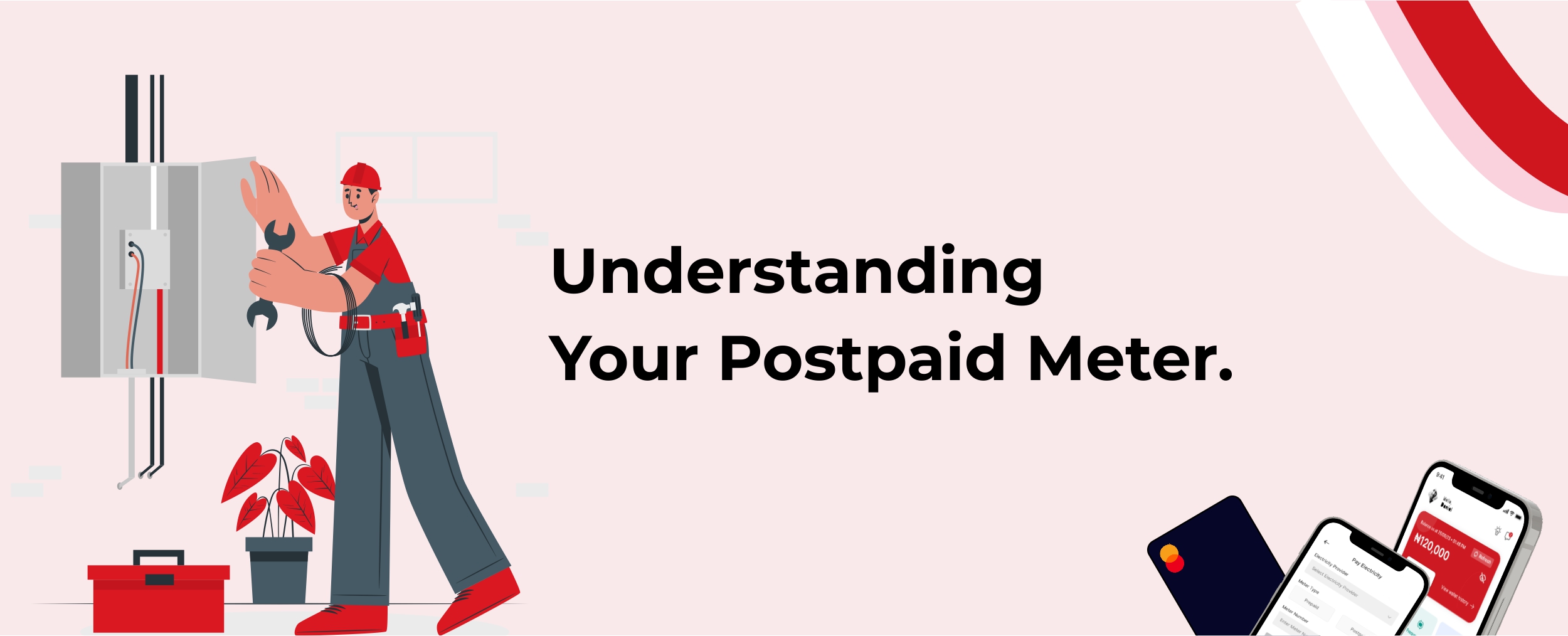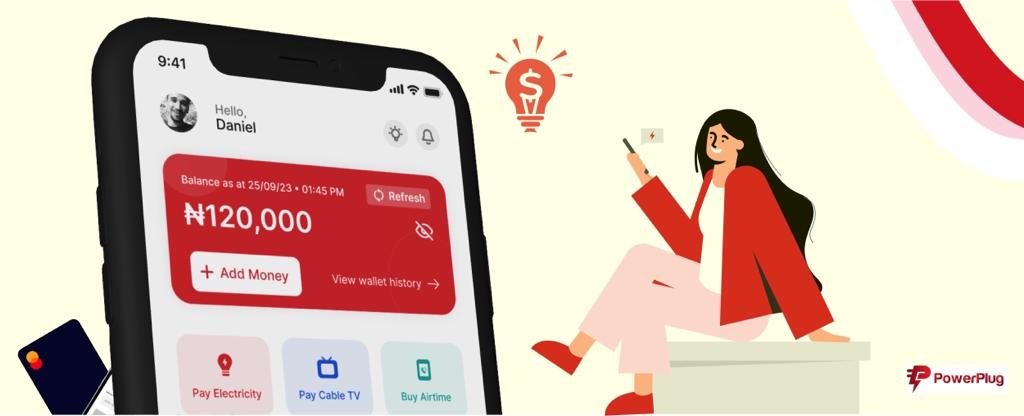
Understanding Your Postpaid Meter.
Postpaid meters are a common way for consumers in Nigeria to access electricity and pay for usage after consumption. In this guide, we'll delve into everything you need to know about postpaid meters, including how they work, billing processes, and tips for managing your electricity usage effectively.
1. How Postpaid Meters Work:
Postpaid meters, also known as credit meters, measure the amount of electricity consumed by a household or business over a specified period. Unlike prepaid meters where users pay upfront, postpaid meters accumulate usage charges, and consumers receive a bill at regular intervals, typically monthly.
2. Meter Readings and Billing:
a. Meter Readings: A meter reader from the utility company visits your premises periodically to record the amount of electricity used. This reading is then used to calculate your energy consumption for the billing cycle.
b. Billing Cycle: Postpaid meters operate on a billing cycle, which is usually monthly. The utility company generates a bill based on your meter readings and applicable tariff rates.
3. Billing Components and Charges:
a. Energy Consumption: The main component of your electricity bill is the actual energy consumed, measured in kilowatt-hours (kWh). The more electricity you use, the higher your bill will be.
b. Tariff Rates: The tariff rates vary depending on factors such as time of day, consumption levels, and customer category (residential, commercial, industrial, etc.). It's essential to understand your tariff structure to anticipate and manage costs.
c. Other Charges: Your bill may also include additional charges such as service fees, taxes, and regulatory levies.
4. Payment and Due Dates:
After receiving your electricity bill, you are required to make payment by the specified due date to avoid penalties or disconnection. Payment options typically include bank transfers, online payments, card payments—--All Postpaid bill payment can be done using PowerPlug Mobile App
5. Tips for Managing Your Postpaid Meter:
a. Monitor Consumption: Keep track of your electricity usage by regularly checking your meter readings. This helps you identify any sudden spikes in consumption and take corrective measures.
b. Energy Efficiency: Implement energy-saving practices such as using energy-efficient appliances, turning off lights and electronics when not in use, and optimizing heating and cooling systems.
c. Budgeting: Plan your electricity expenses based on past consumption patterns and expected tariff rates. Set aside funds for your monthly electricity bill to avoid financial strain.
6. Reporting Issues and Meter Maintenance:
If you notice any discrepancies or issues with your postpaid meter, such as unusually high bills or meter malfunctions, promptly report them to your DisCO {Distribution Company} provider for resolution. Regular maintenance and calibration of meters ensure accurate readings and reliable service.
Conclusion:
Understanding how postpaid meters operate and being proactive in managing your electricity usage are key to maintaining a smooth and cost-effective energy supply. By following billing cycles, monitoring consumption, practicing energy efficiency, and addressing any meter-related concerns promptly, you can make the most of your postpaid meter in Nigeria.




Leave a comment
Comments - 0